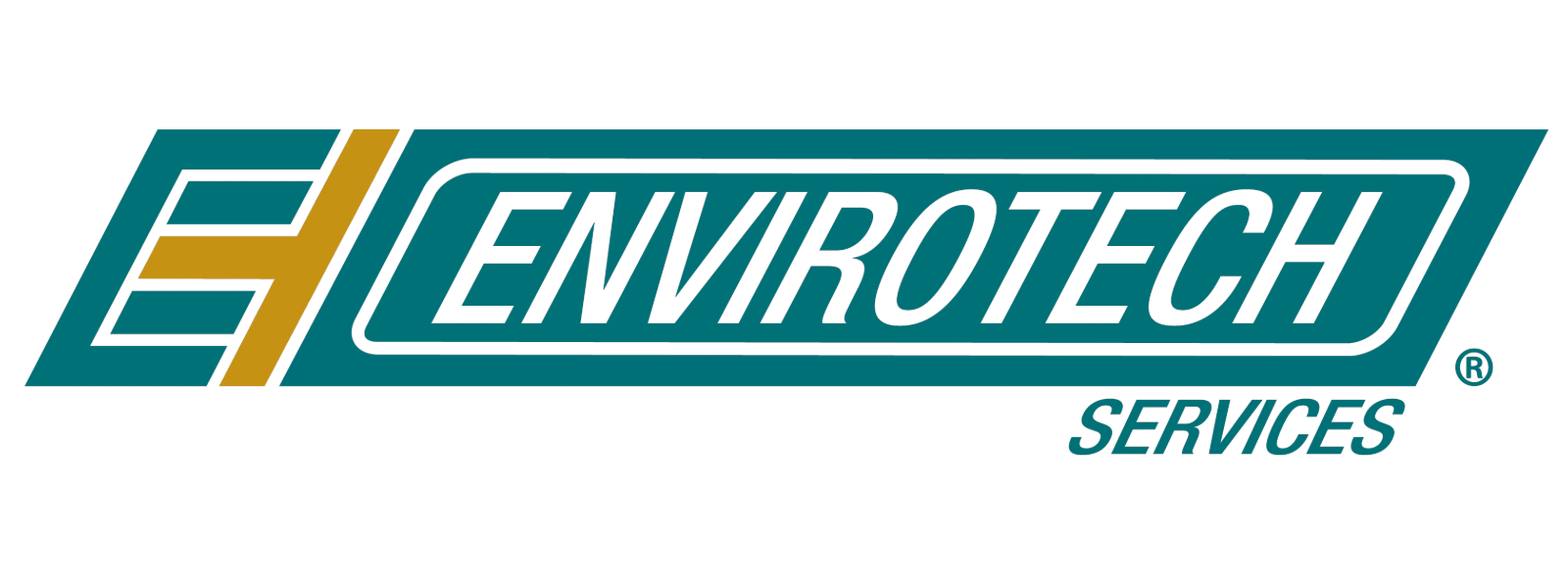
Winter storms take on a variety of different forms. Whether it’s ice storms, thick powder, slush, blinding blizzards, or a mix of conditions, our goal must be the same...clear roads fast. However, not all deicers are effective in all storm scenarios. Let’s talk about how to choose a road treatment product based on storm conditions.
Step 1: Use Reliable Weather Forecasting
According to the Western Transportation Institute (WTI), snow fighting crews using reliable weather forecasting experience:
- More efficient use of manhours (less overtime, shorter work cycles)
- More timely snow fighting response (including pre-treatments)
- More responsible deicer product usage (which is better for drivers, budgets, the environment, and infrastructure)
There are a lot of weather forecasting apps out there, and the best of them rely on data from the National Oceanic and Atmospheric Administration (NOAA). NOAA’s Weather Prediction Center has a selection of forecast tools snow crews can use to see what they are up against and plan their response.
Step 2: Combine Weather and Road Data
Atmospheric data is only a piece of the puzzle. Effective snow fighting responses need an understanding of both weather and road conditions. Data from a Road Weather Information System (RWIS) can help crews read “real-time” conditions on the ground. RWIS is a centralized hub that collects road sensor readings. This data is combined with weather data to create a “nowcast” of conditions in a specified area. According to WTI: “the use of RWIS technologies can improve the efficiency and effectiveness as well as reduce the costs of highway winter maintenance practices.” Click here to learn more about road surface sensors from our partners at Ice Slicer®.
What near real time environmental data do you need?
- Air temperatures
- Wind speed and direction
- Precipitation type and amount
- Pavement temperatures
- Bridge temperatures
- Pavement conditions
- Micro-climate data (large water sources near roads, road elevations, perma-shade, snow fence locations)
Step 3: Select The Best Road Treatments
When it comes to choosing a road treatment, it is important to plan and not just react. Here are some general guidelines to consider when choosing which treatment to use.
*Note: Road aggregates like sand and gravel are not deicers or anti-icers. They don’t lower the freezing temperature of ice and snow and are not included in the following content.

Anti-icing/Pre-treatments
If you follow reliable storm forecasts, crews can deploy before snow even begins to fly. A pre-treatment of liquid anti-icers or light applications of solid deicers can effectively prevent snow from bonding to the pavement to begin with.
When to use:
- Before any and all ice storms
- Before snow storms at night
- Before snow storms predicting heavy precipitation rates
Temperature Ranges
Not all deicing ingredients can work efficiently at all temperatures. Remember, air temperatures and pavement temperatures differ most of the time; it is important to take both into consideration.
Over 20° F:
- Anti-icers or solid deicers that contain sodium chloride, potassium chloride, calcium chloride, or magnesium chloride
Under 20° F:
- Anti-icers or solid deicers that contain calcium chloride and/or magnesium chloride
Variable Temperatures: (when storm temps fluctuate above and below 20° F)
- Anti-icers or solid deicers that contain complex chlorides so they don’t lose efficiency as temperatures rise or fall
Heavy Snowfall
For storms with heavy snow precipitation rates:
- Use solid, granular deicers with variable gradation (containing some granules large enough to penetrate to the road surface and begin brining)
- Do not use lightweight, round pellets that have a hard time penetrating to road surfaces
- Do not use liquid anti-icing treatments after heavy snow accumulates
Windy Conditions
Applying certain road treatments during high winds is counterproductive. Driving winds can prevent some products from reaching the road before they can start working.
High Wind Tips:
- Use pre-wet granular deicers to reduce product waste during high winds
- Do not use liquid anti-icing treatments during high winds
- Do not use round pellet deicers that are already prone to bouncing and scattering off road surface
Ice Slicer®: For All Storm Conditions
Fortunately, EnviroTech offers a versatile deicer treatment, naturally endowed with high performance under all types of storm conditions.
Ice Slicer® is harvested from an ancient mineral deposit in central Utah, and contains a powerful blend of complex chlorides and over 60 trace minerals.
- A Variety of granule sizes: perfect for a range of light to heavy snowfall rates
- Complex chlorides: naturally occurring sodium, calcium, potassium, and magnesium chloride to perform above and below 20° F
- Coarse grain texture to reduce bounce and scatter
- Effective as both a pre-storm treatment and after snow accumulates
- Restores road traction quickly in snow or ice storm conditions
For more information on how EnviroTech Services, Inc. can assist you with your winter programs, contact us at 800-369-3878.


